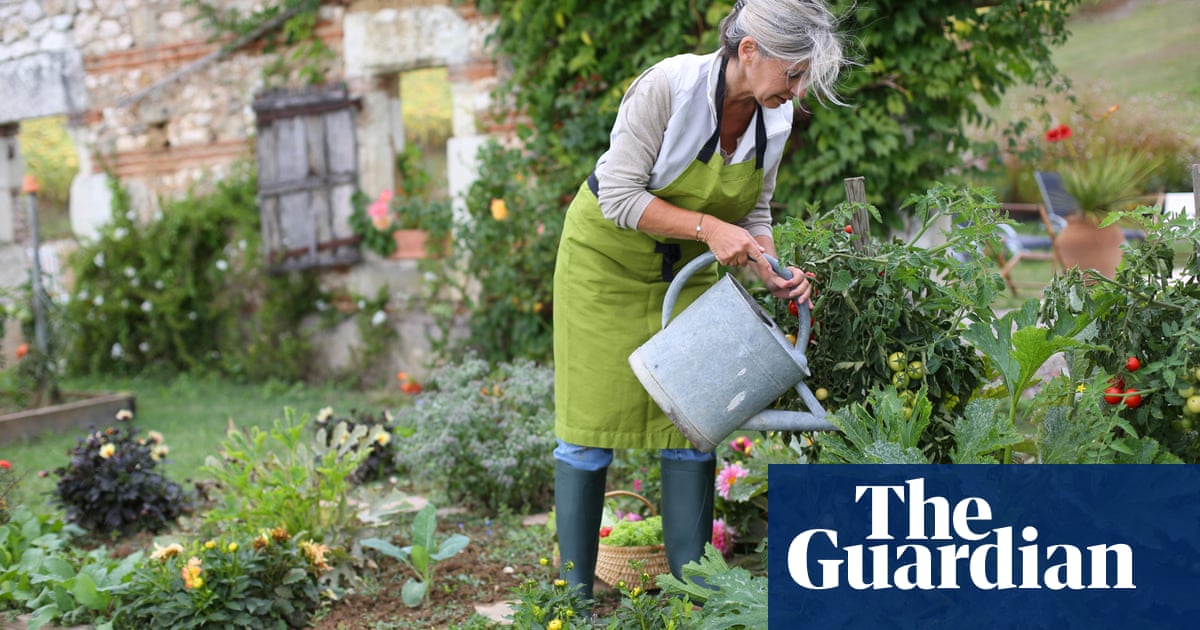
There is only one thing worse than having to thumb your smartphone torch into life so that you can read a restaurant menu: the youthful twentysomething waiter noticing you do so, and bringing you one of those LED clip-on lamps. Short of wheeling the house Zimmer frame to the table for you to use while popping to the loo, there’s nothing better calculated to make you feel like an old git. It’s profoundly irritating, partly because it’s so unnecessary; it’s entirely possible to have moody lighting while also dropping enough on to a table so that those of us whose sight is not quite what it once was can read the damn small print without recourse to Wembley Stadium’s floods.
But mostly it’s irritating because it’s a huge own goal. It makes any restaurant seem exclusive; as in it was designed to exclude those of us not in the very first flush of youth. All too often this is literally the case, albeit usually by happenstance. The restaurant business is generally a younger person’s game. Setting them up and running them requires the sort of long hours that those of us with a few years on the clock may no longer find appealing. And people in their 20s and 30s may well have no idea what older customers want or need, simply because they haven’t got there yet. If a restaurateur only wants punters their own age, then fine. Turn down the lights. Turn up the music. Print the menu in six point Comic Sans.
Otherwise, here is my plea: if you’re opening a new hospitality business in 2022 employ someone who is at least in their mid-50s. Ask them to try out the seats. Are they padded enough for an arse that has done an extra 20 years’ sitting? Give them the menu. Is the point size legible without recourse to that torch? Does the lighting help? Does the combination of music and hard surfaces make reasonable conversation difficult for those who might have started to lose the top end of their hearing? Beyond the all-important legal requirements of disability access, what are the stairs down to the loos like for someone who might, say, have a hip or knee replacement in their future? Are they well lit? And if you’re using gendered toilets, are the door signs obvious or are they bloody annoying? (The latter has nothing to do with age. Stupid loo door signs are always infuriating.)
Not doing all of this is just bad business. Restaurants really ought to be welcoming to all those with the money to spend, and who has more of that? According to the most recent (pre-pandemic) survey of household income from the Office for National Statistics it is the over-50s. Which isn’t really surprising, because they’re the ones further into their careers and their households tend to be smaller. It doesn’t mean you have to target your restaurant at them, unless you want to; it just means you shouldn’t actively create a hostile environment.
Given the massive hospitality industry staff shortages, employing older people also makes another kind of sense. The group that owns the Wolseley, the Delaunay and others in London actively recruits older staff. As co-founder Jeremy King put it not long ago: “There is so much experience and knowledge, or should be, among people who have lived a life compared to someone only a year or so outside of college.” Those of us greying and thickening around the edges shouldn’t be invisible. It’s nice to have a waiter who’s a grownup now and then. Not least because, if they’re working there, I can be pretty sure I’ll be able to read the damn menu.












